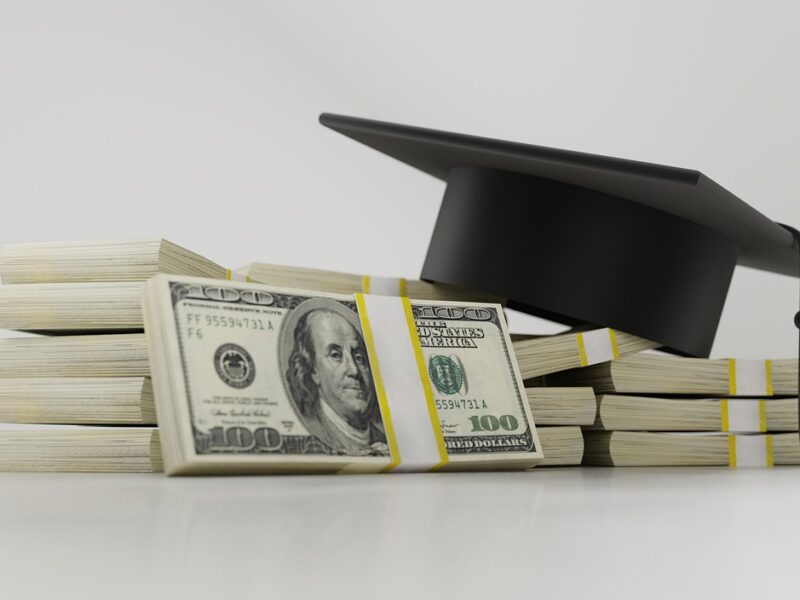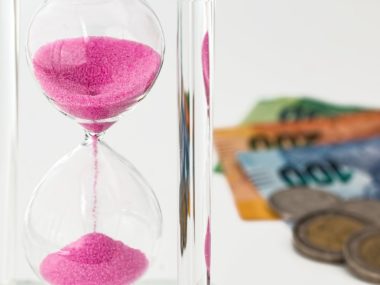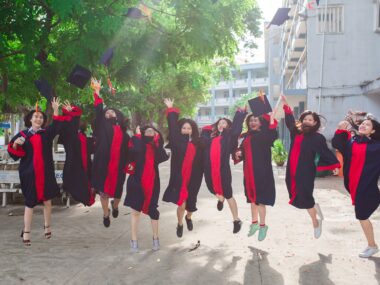For most people who have completed tertiary education in the USA, getting a loan to cover some of your financial burdens is common practice. Student loan forgiveness is a program that allows borrowers to have all or part of their federal student loan debt canceled under certain conditions. This program has become a pivotal issue as millions of borrowers in the United States grapple with mounting student debt.
Higher education is very expensive and student loans exist to mitigate the cost of schooling. However, paying off these loans can result to some more financial problems and can be quite difficult to navigate too. Loan forgiveness programs offer a pathway to alleviate this financial burden, providing relief to borrowers who meet specific criteria.
This relief is available for borrowers who work in public service, teach in low-income schools, or meet other qualifying criteria. Forgiveness can significantly reduce or eliminate the financial burden of student loans, making higher education more accessible and less financially daunting.
Types of Student Loan Forgiveness Programs
Public Service Loan Forgiveness (PSLF)
The PSLF program forgives the remaining balance on Direct Loans after the borrower has made 120 qualifying monthly payments under a qualifying repayment plan while working full-time for a qualifying employer.
To be eligible for this program, you must work full-time for a federal, state, local, or tribal government or a not-for-profit organization. Make 120 qualifying payments under a qualifying repayment plan. Have Direct Loans or consolidate other federal student loans into a Direct Loan.
Teacher Loan Forgiveness
This program provides forgiveness of up to $17,500 on Direct Subsidized and Unsubsidized Loans for teachers who work in low-income schools or educational service agencies for five consecutive years.
Eligibility criteria involves being able to teach full-time for five complete and consecutive academic years. Working at a low-income school or educational service agency and having loans that were disbursed before the end of the five-year teaching period.
Income-Driven Repayment (IDR) Forgiveness
Borrowers on an IDR plan can have their remaining loan balance forgiven after 20 or 25 years of qualifying payments, depending on the plan.
To be eligible for this program, candidates must eroll in an IDR plan such as Income-Based Repayment (IBR), Pay As You Earn (PAYE), Revised Pay As You Earn (REPAYE), or Income-Contingent Repayment (ICR). You must make qualifying payments for 20 or 25 years and always complete an annual recertification of income and family size.
Perkins Loan Cancellation and Discharge
Perkins Loans offer forgiveness for borrowers who work in certain public service jobs or as teachers in low-income schools. A percentage of the loan is forgiven for each year of service, up to 100%. To qualify, you must work full-time in an eligible public service role, such as teaching, law enforcement, or nursing. Perform qualifying service for a specified number of years.
Total and Permanent Disability Discharge (TPD)
This program forgives the federal student loans of borrowers who are totally and permanently disabled. To qualify, you will provide documentation from the U.S. Department of Veterans Affairs (VA), the Social Security Administration (SSA), or a physician.
Closed School Discharge
Borrowers whose school closes while they are enrolled or shortly after withdrawal qualify for closed school discharge loan forgiveness. The full loan amount is forgiven if school closes while enrolled; partial discharge if school closes within 120 days after withdrawal. This covers Direct Loans, FFEL Loans, and Perkins Loans only.
Recent Developments in Student Loan Forgiveness
The Biden administration has made significant changes and proposals to expand access to student loan forgiveness:
- Temporary Expanded PSLF (TEPSLF): This provides relief to borrowers who were denied PSLF due to being on the wrong repayment plan. Borrowers must have made 120 qualifying payments while working for a qualifying employer and must submit a PSLF application and a TEPSLF request.
- Revised IDR Forgiveness Rules: The Biden administration has proposed changes to make IDR plans more generous, including capping payments at 5% of discretionary income for undergraduate loans and forgiving remaining balances after 20 years. These changes are under review and may be enacted through regulatory changes.
- COVID-19 Relief Measures: Federal student loan payments were paused, and interest rates set to 0% under the CARES Act, with extensions under subsequent legislation. Suspended payments count toward PSLF and IDR forgiveness.
Application Process for Student Loan Forgiveness
Applying for student loan forgiveness can be complex. Here’s a step-by-step guide to navigate the process:
- Determine Eligibility: Review the specific criteria for the forgiveness program you are interested in.
- Consolidate Loans: If necessary, consolidate your loans to ensure they qualify (e.g., for PSLF, you need Direct Loans).
- Enroll in a Qualifying Repayment Plan: Choose an appropriate repayment plan like IDR for PSLF or a standard plan for other forgiveness types.
- Submit Certification Forms: Regularly submit employment certification forms for PSLF or other required documentation for different programs.
- Track Payments: Keep detailed records of your payments to ensure they count toward the forgiveness requirement.
- Apply for Forgiveness: After meeting all requirements, submit the necessary forgiveness application to your loan servicer.
To maximize your possible benefits from the student’s loan forgiveness program, you must remain updated on recent policies that might be introduced and how it could affect you. Keep your loan records and employment certificates very well and stay in touch with your loan servicer. You can also consult an expert advisor for guidance and explore different offers that could benefit you.
Finally, the student loan forgiveness programs play a crucial role in providing relief to borrowers struggling with student debt. Understanding the types of forgiveness programs available, their eligibility criteria, application processes, and associated challenges is essential for borrowers navigating the complex landscape of student loans. As policymakers, advocates, and stakeholders continue to explore ways to address the student debt crisis, the future of student loan forgiveness remains a dynamic and evolving area of public policy and financial assistance.






